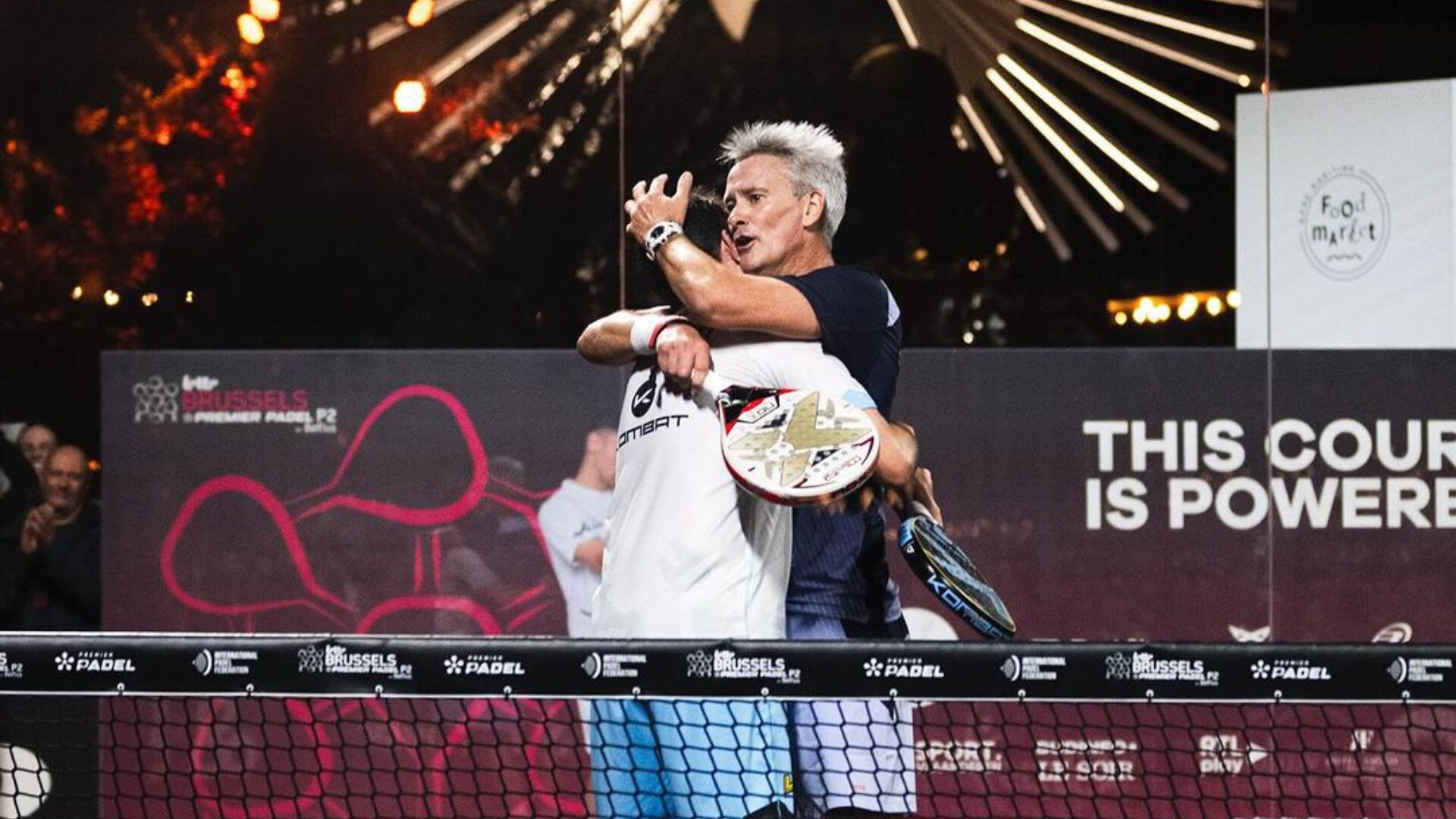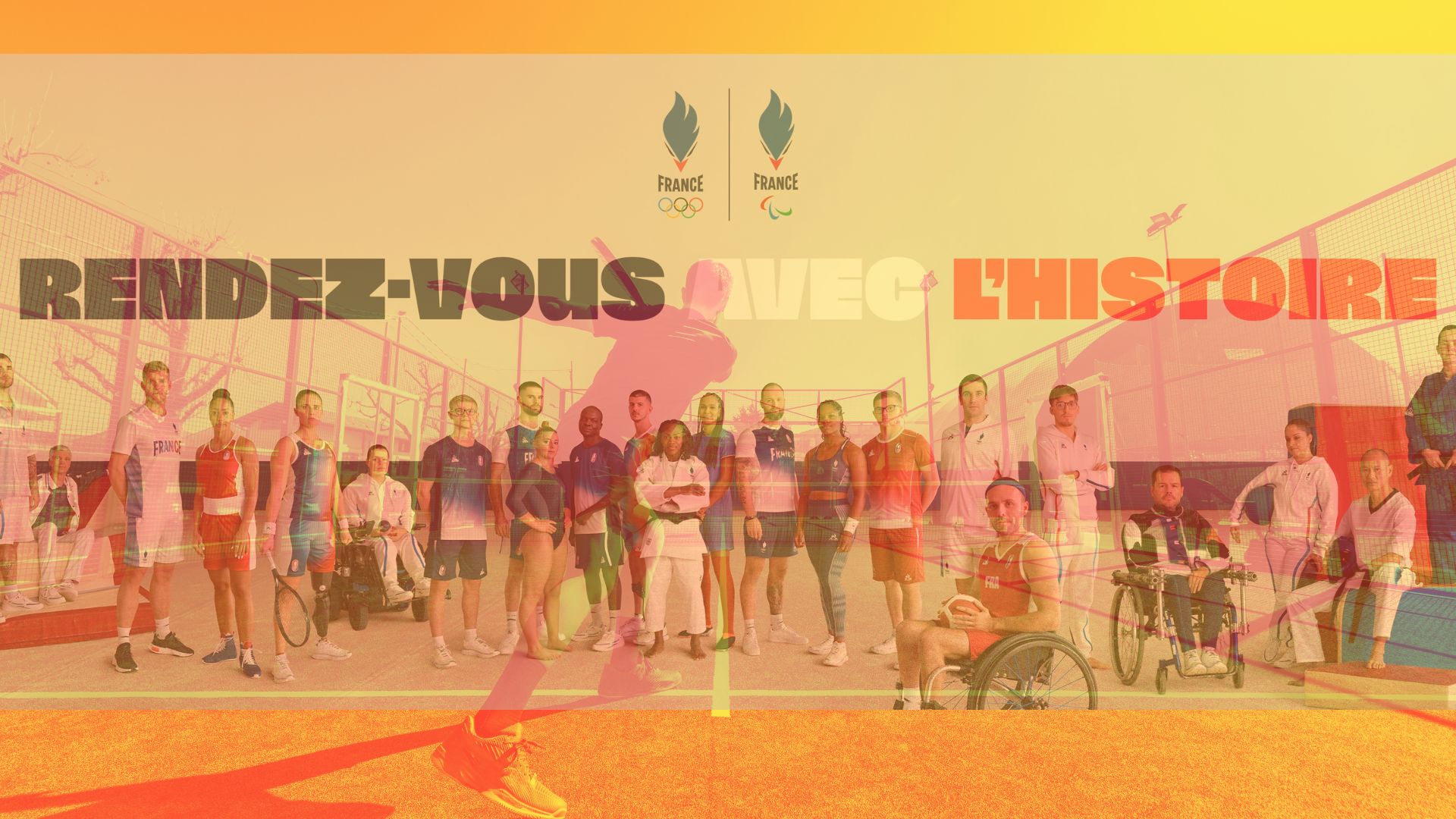In tennis the perfect illustration of the successful woman for her physique and not for her performances, even if she was promising, is the Russian tenniswoman Anna Kournikova. She will have more talked about her by its advantageous plastic in fifteen years, than by its sports performances.
Even if at the beginning of her career she reaches the semifinals of Wimbledon in 1997 at only 16 years, and realizes the exploits of beating Martina Hingis and Steffi Graf, she ends up getting hurt by the thumb. From there we hear more about her only for her charming photos, advertising campaigns and appearances on TV sets. Anna Kournikova has managed to score tennis not for her performances, since she has never won a major tournament, but by its ability to win advertising contracts and to occupy the forefront in the media.
Indeed, on the 11 millions of dollars of revenue that she perceived in 1999 according to Forbes magazine, less than 7% of her income came from tennis. The rest, 10,25 million, came from sponsorship contracts that went from Adidas to British lingerie brand Berlei. As sports journalist Yannick Cochennec writes, "Women's sport has lost a lot with Anna Kournikova. What he gained in visibility, he gave in credibility (...) The glorification of beauty has become the norm, reducing the woman to a mere object of desire for the male population. It has allowed women's tennis and women's players to obtain more and more sponsors, but this at the expense of their consideration as a sportswoman.
Thanks to her, interest in women's tennis and women's players is growing, but not for the right reasons. In fact women are not considered in the same way as men, that is to say for their sports results but rather for their plastic and their beauty. Today the image of the sportswoman that the media and sponsors promote the most is that of a "model" and not that of a woman with big muscles. The image of the sporty woman is reduced to that level. And it is this image that attracts the public. Unfortunately, the most deserving sportspeople in terms of results have a harder time getting advertising contracts, than those who have an advantageous plastic and who spend more time posing nude or in small outfits in magazines or in advertising campaigns. than on sports fields.
Moreover, sportswomen with athletic physique, with large muscles, are often discredited even before their performances are studied. Journalist Yannick Cochennec believes that "Kournikova has changed the way she sells the women's WTA tennis circuit: she made it glamorous" and
"It's a bit sad to get here, especially since everyone is now committed to this field." The problem is that this is what attracts the audience, the sports performances of these women are apparently not sufficient to arouse the interest of the spectators and the televiewers. In the current society sell a female sports event through the use of glamorous and sexy attributes has become common, it has almost become a "standard".
Beyond the mediatization of the players it is necessary to specify that in France television broadcasting of women's tennis is minimal. Apart from Roland Garros and the Fed Cup who are on public channels, there is nothing else. Even Beinsports, which owns the television rights of the majority of the men's tournaments, has none on women's tennis.
Graduated from a Masters in sports management and passionate about tennis, I carried out a study on the development of women's tennis. Practicing this sport for twenty years and today manager of my club (TC Morlaàs in the Pyrénées-Atlantiques), I am always on the lookout for new ideas aimed at improving the practice environment for members. I am therefore delighted to be able to share this work.





































































































 Big evening in Brussels with two seeded players on the mat, heckled number 1s…
Big evening in Brussels with two seeded players on the mat, heckled number 1s… A1 Padel – the French Open replaces the Mexican Open on the calendar
A1 Padel – the French Open replaces the Mexican Open on the calendar 4 Fiberglass Padel Courts for The Ville de Paris: a choice that looks to the future
4 Fiberglass Padel Courts for The Ville de Paris: a choice that looks to the future Olympic Games: Club France will have its 4 tracks padel !
Olympic Games: Club France will have its 4 tracks padel ! Guillaume Codron de Sud Padel : “A family project”
Guillaume Codron de Sud Padel : “A family project” Nallé Grinda: “Democratize the padel in the USA with PadelX "
Nallé Grinda: “Democratize the padel in the USA with PadelX " Simon Boissé: “We know that there are two nations in front of us”
Simon Boissé: “We know that there are two nations in front of us” Marie Maligo: “This period of frequent changes of partners was beneficial for me”
Marie Maligo: “This period of frequent changes of partners was beneficial for me” Gilles Moretton: “We will be able to put the padel at the level of tennis”
Gilles Moretton: “We will be able to put the padel at the level of tennis” Two P1000 doubled prize money approaching!
Two P1000 doubled prize money approaching! José Manuel Escin at the inauguration of Casa Padel DOS: “Finally, and thank you!”
José Manuel Escin at the inauguration of Casa Padel DOS: “Finally, and thank you!” Brussels Premier Padel Brussels P2 – Collombon / Bidahorria falls against Brea / Gonzalez
Brussels Premier Padel Brussels P2 – Collombon / Bidahorria falls against Brea / Gonzalez Padel Score comes to Tahiti for American Express Padel Cup!
Padel Score comes to Tahiti for American Express Padel Cup! Do you know the Rafa Nadal Academy Tour?
Do you know the Rafa Nadal Academy Tour? Play at padel on his yacht? Possible for €233.000!
Play at padel on his yacht? Possible for €233.000! Our Top 10 training courses padel in France and Europe
Our Top 10 training courses padel in France and Europe At the heart of padel – Episode 25: Paul and Andoni answer your questions
At the heart of padel – Episode 25: Paul and Andoni answer your questions Tactical padel – What to do when faced with players who systematically stay at the bottom?
Tactical padel – What to do when faced with players who systematically stay at the bottom? The basic tactics of padel
The basic tactics of padel At the heart of padel – Episode 25: Paul and Andoni answer your questions
At the heart of padel – Episode 25: Paul and Andoni answer your questions At the heart of padel – Episode 23: defend the window well
At the heart of padel – Episode 23: defend the window well Prohibition on playing topless Padel : the reasons
Prohibition on playing topless Padel : the reasons FIP Tour – Going far from Europe, THE strategy to earn points!
FIP Tour – Going far from Europe, THE strategy to earn points! What is a good football player? padel ?
What is a good football player? padel ? “Lefties give me headaches when I play against them!”
“Lefties give me headaches when I play against them!” At the heart of padel – Episode 14: how to earn points in winter?
At the heart of padel – Episode 14: how to earn points in winter? A par 4 is always a winner...even if you manage to defend it!
A par 4 is always a winner...even if you manage to defend it! Carbon fiber VS fiberglass: what to choose?
Carbon fiber VS fiberglass: what to choose? How to effectively test a racket padel ?
How to effectively test a racket padel ? La padel to fight Parkinson's disease
La padel to fight Parkinson's disease Don't play with a cracked or broken racket, your body will thank you!
Don't play with a cracked or broken racket, your body will thank you! Michel Cymes: “The padel, physically, it’s serious!”
Michel Cymes: “The padel, physically, it’s serious!” Jeremy Gala: “Promote the padel among young people in Belgium remains a challenge”
Jeremy Gala: “Promote the padel among young people in Belgium remains a challenge” The French Touch Academy organizes its selection day Padel-Study
The French Touch Academy organizes its selection day Padel-Study Report on the detection and training of younger generations
Report on the detection and training of younger generations